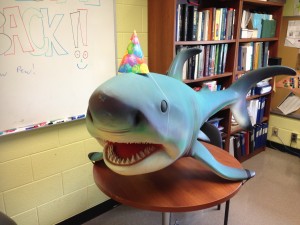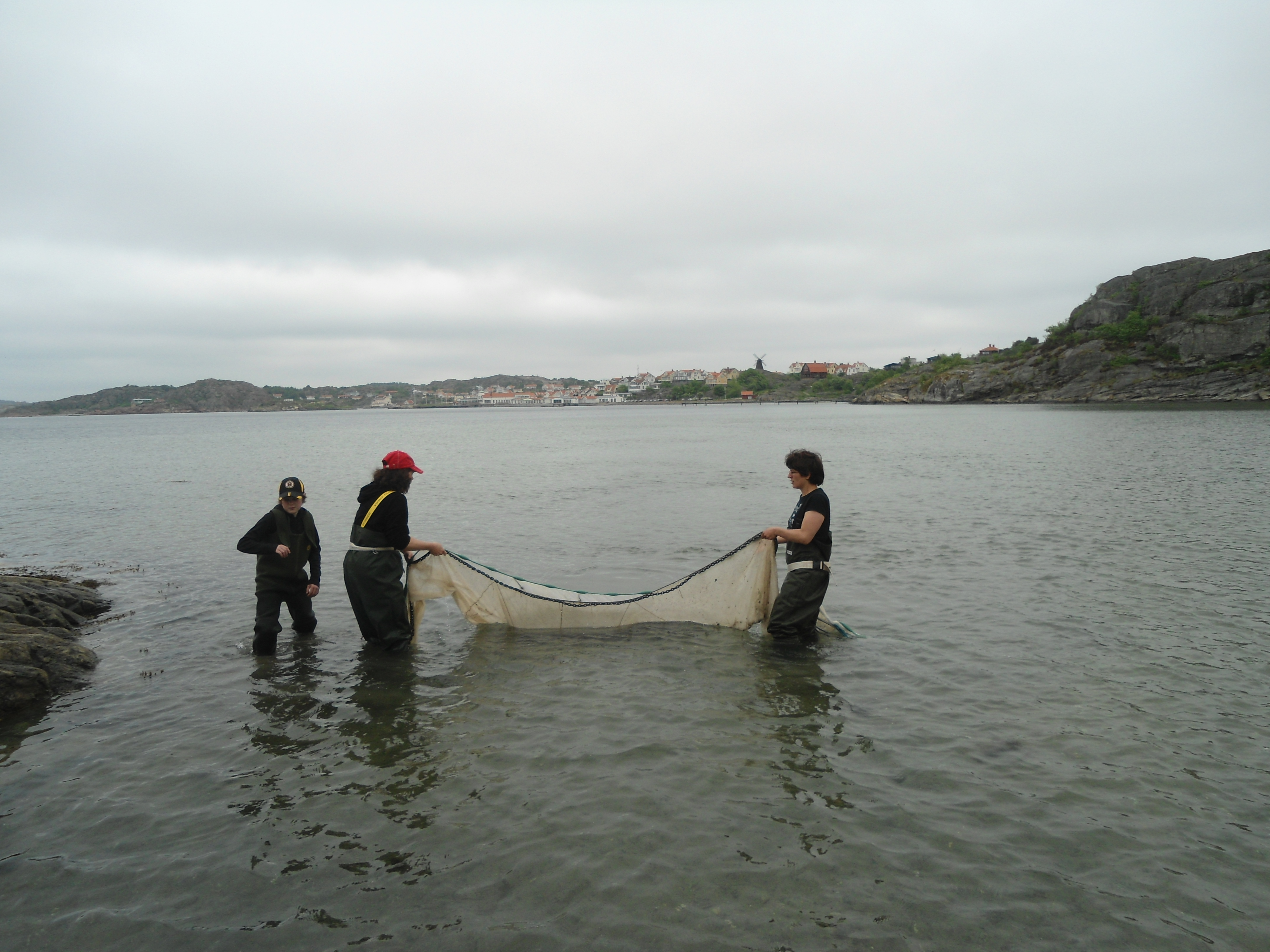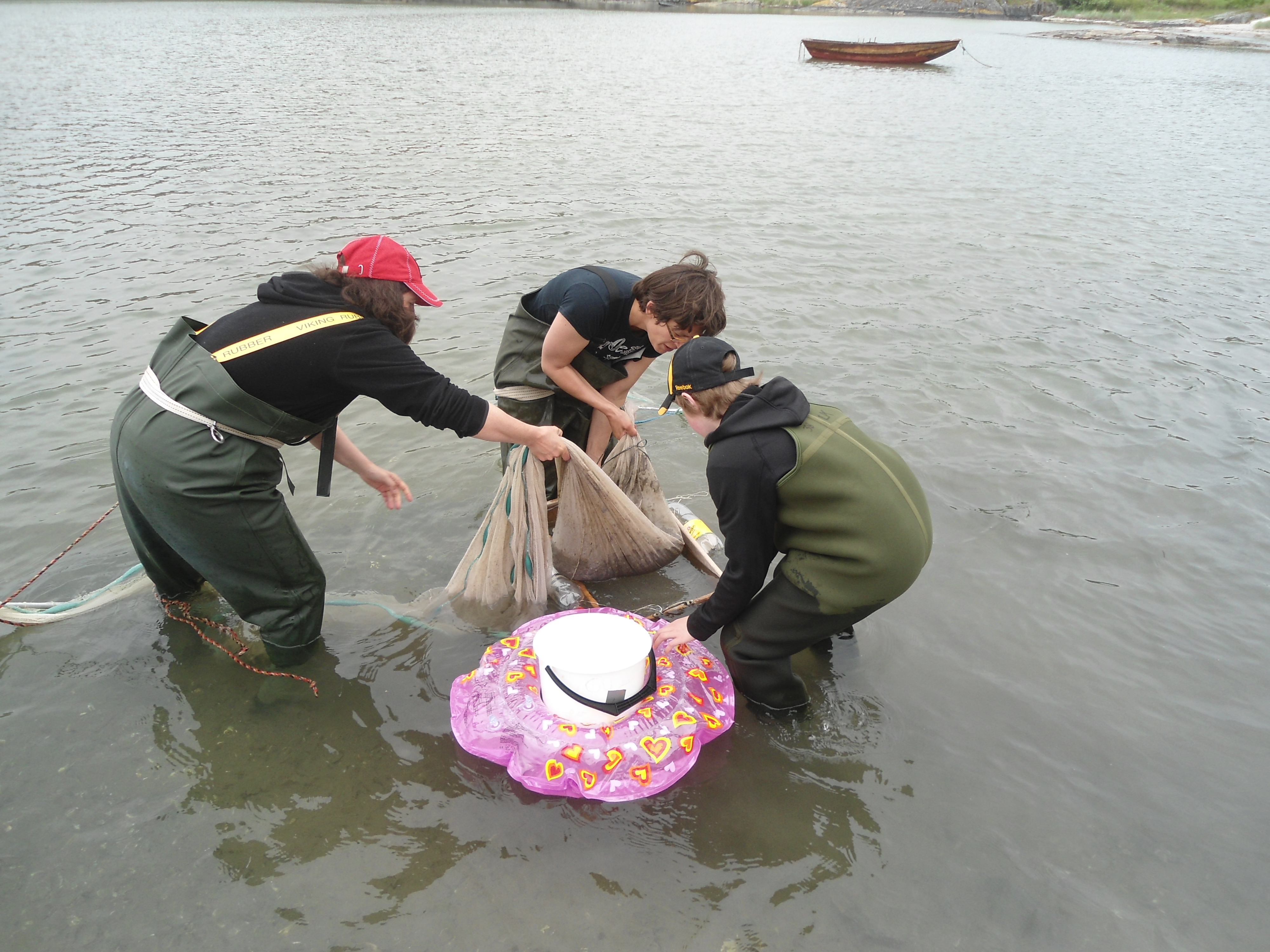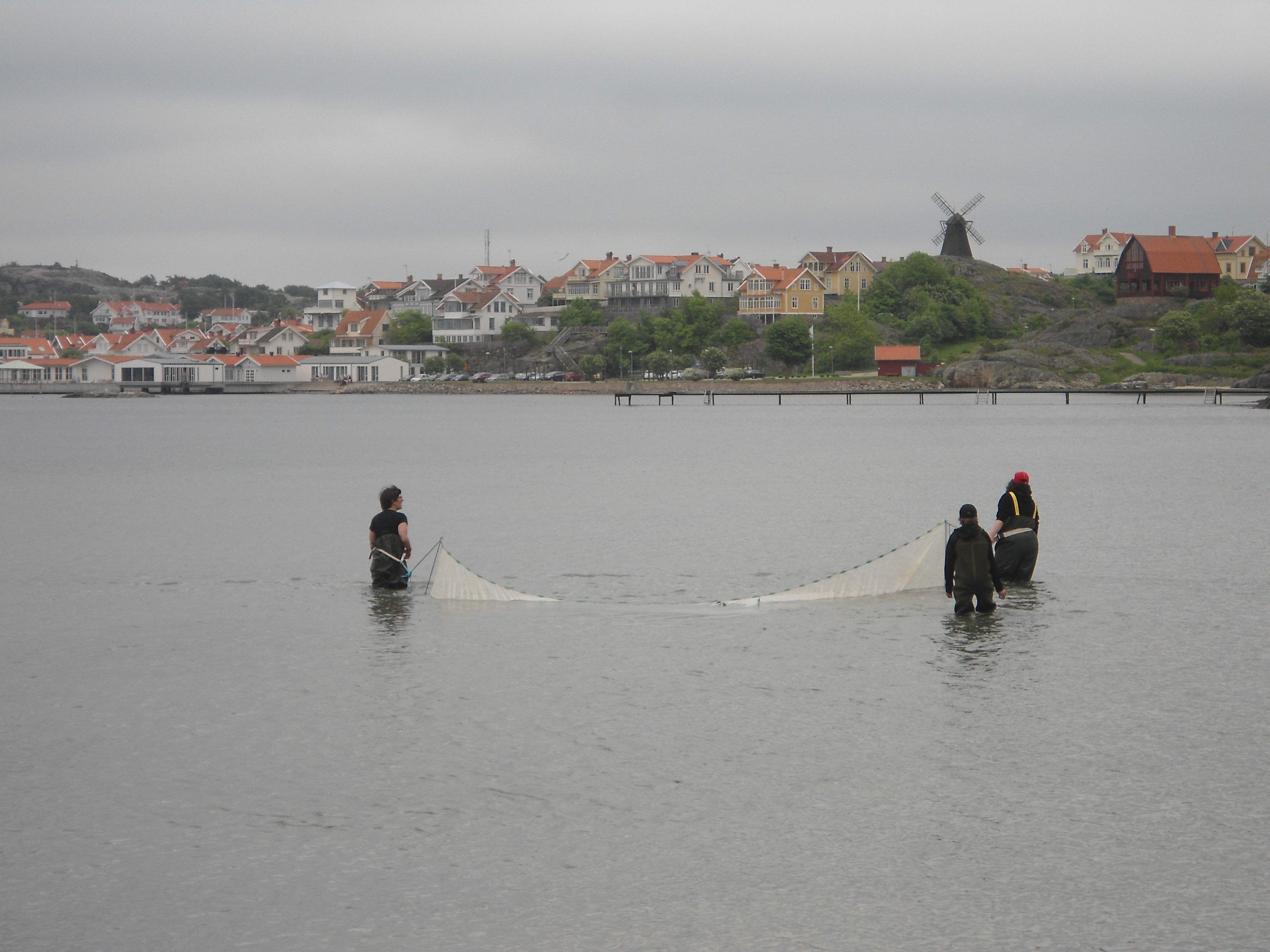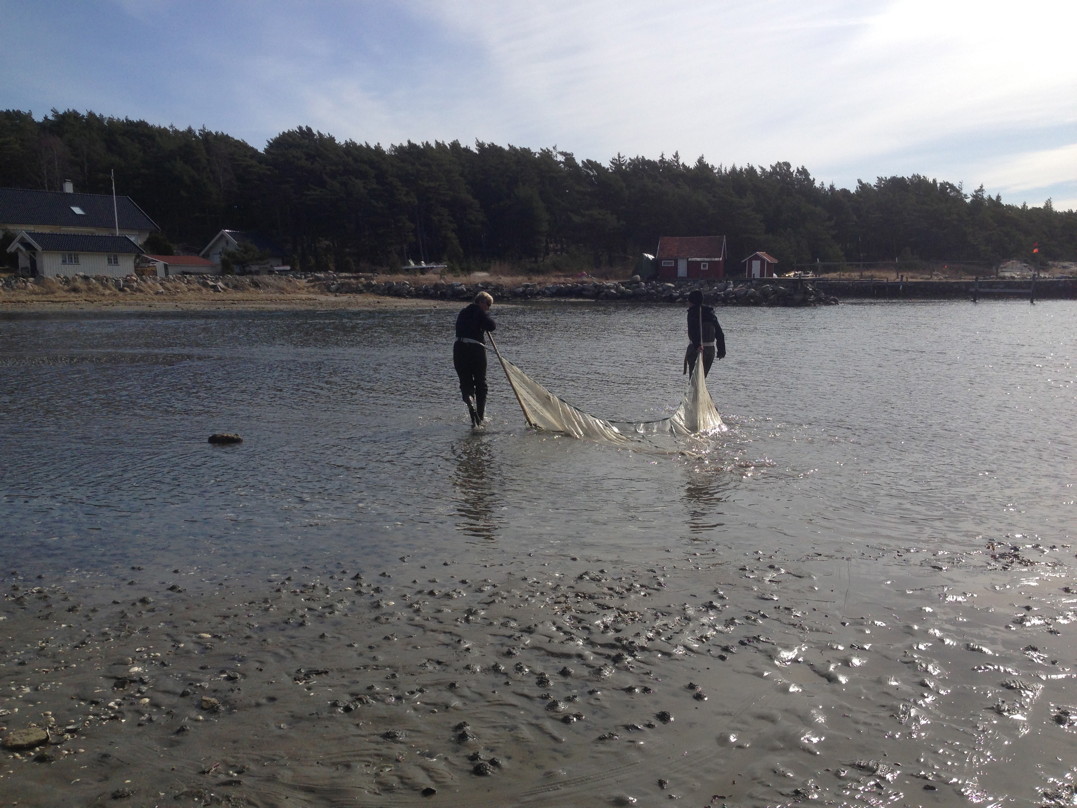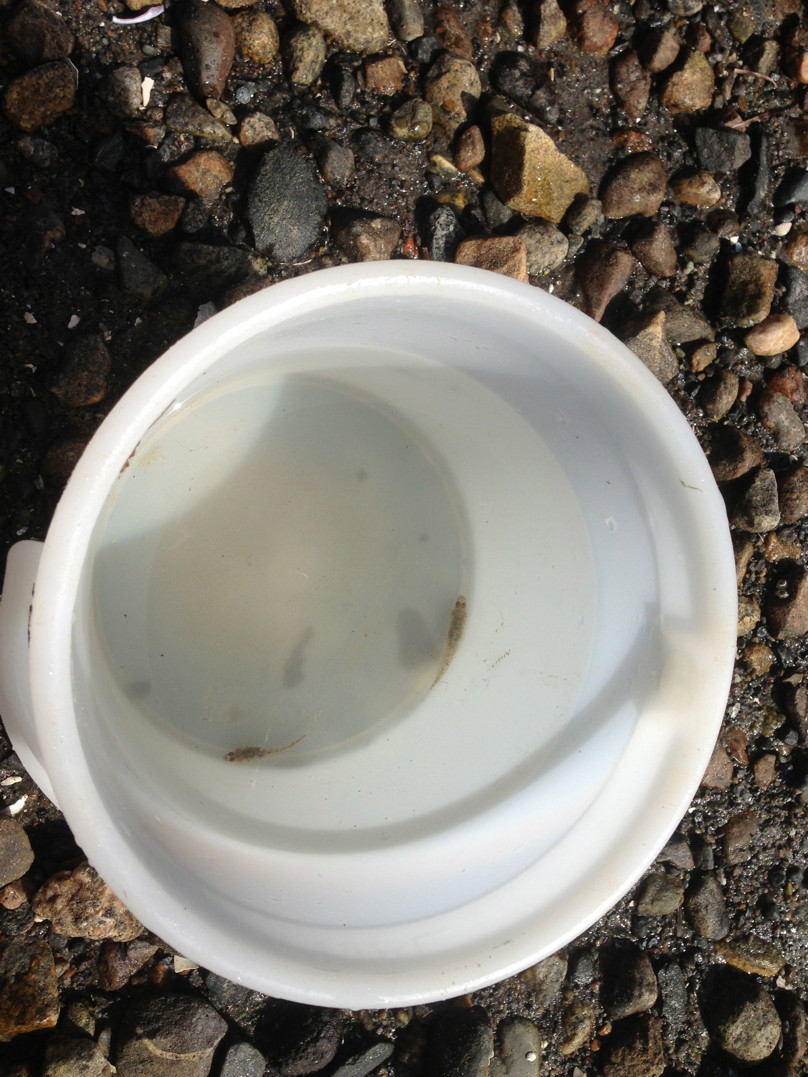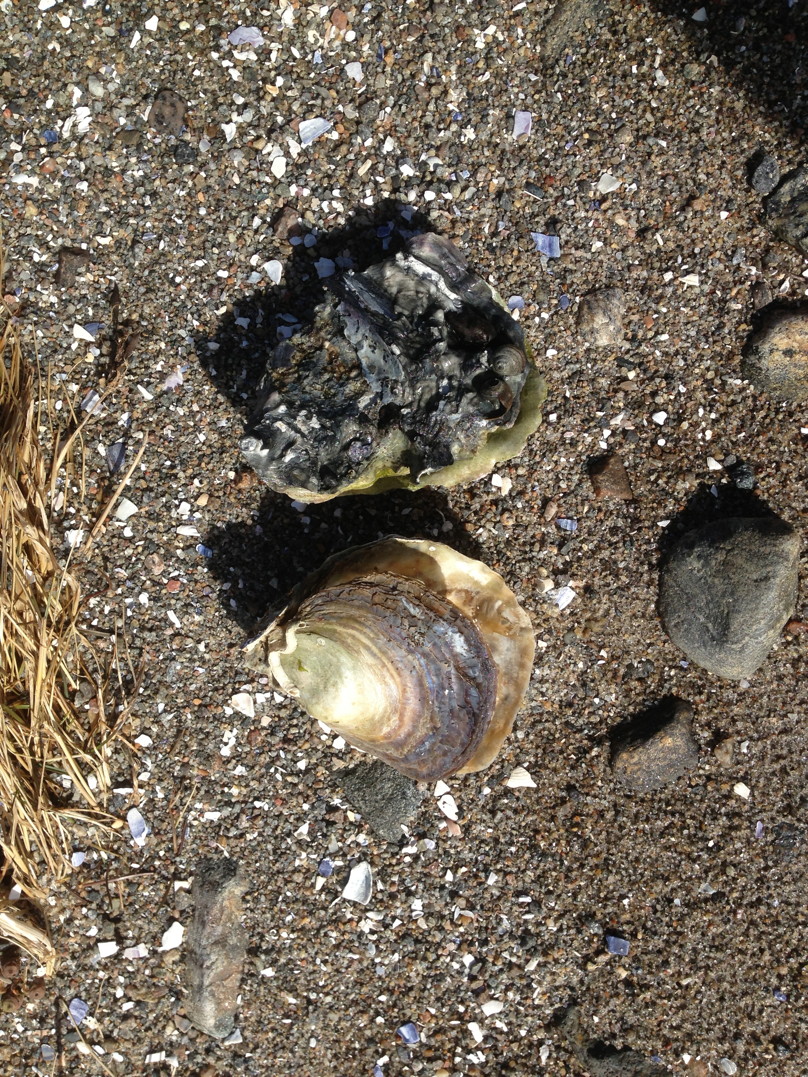This August marks the arrival of two new post-doctoral researchers to the Wilson lab. John Eme and Casey Mueller have joined the lab to work on our whitefish project. Both come from recent post-doctoral positions at the University of North Texas.
John got his PhD in Biology from the University of California, Irvine and has a strong research interest in cardiopulmonary physiology. He is a comparative biologist at heart (pun intended) and you can see that in the list of species he has worked on.
Casey hails from Australia and received her PhD in Comparative Physiology from the University of Adelaide. Her physiological research emphasis is on developing organisms and she will provide great support to all of the whitefish work with her training in developmental biology.
Welcome to the Wilson lab and we are looking forward to having your here for the next two years! Please read more about Casey and John, and the rest of the lab, on our people pages.

